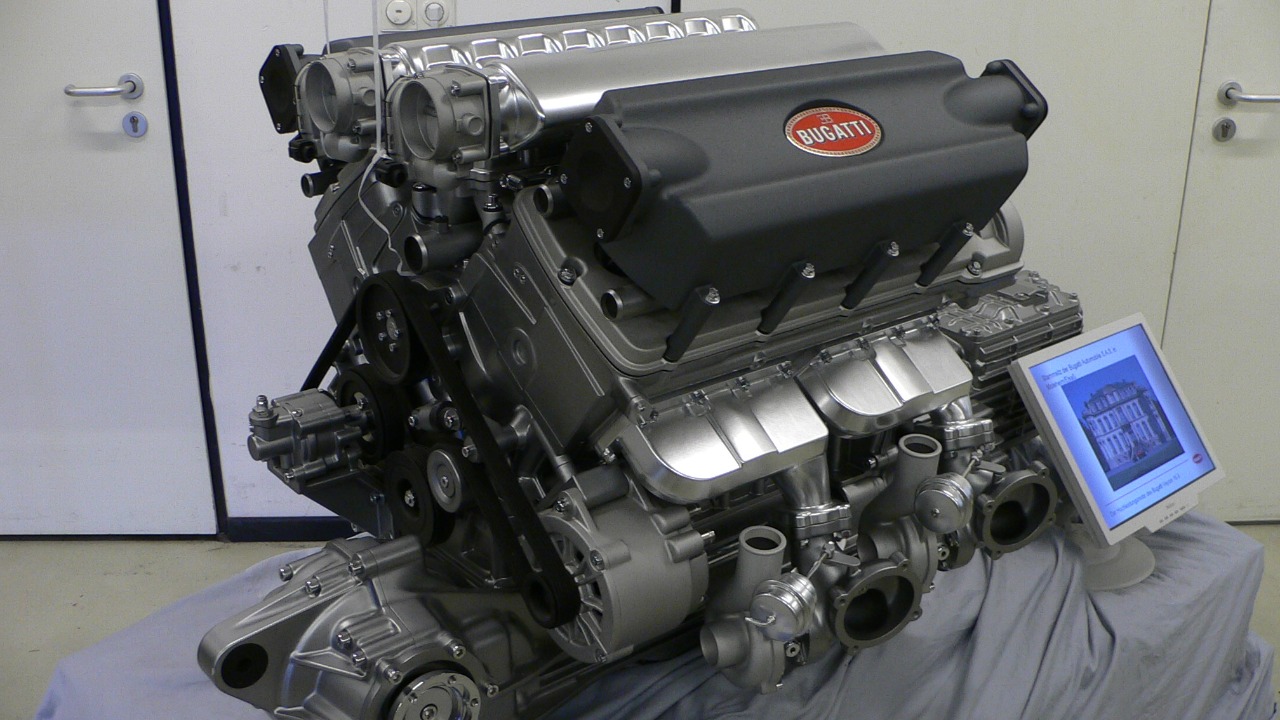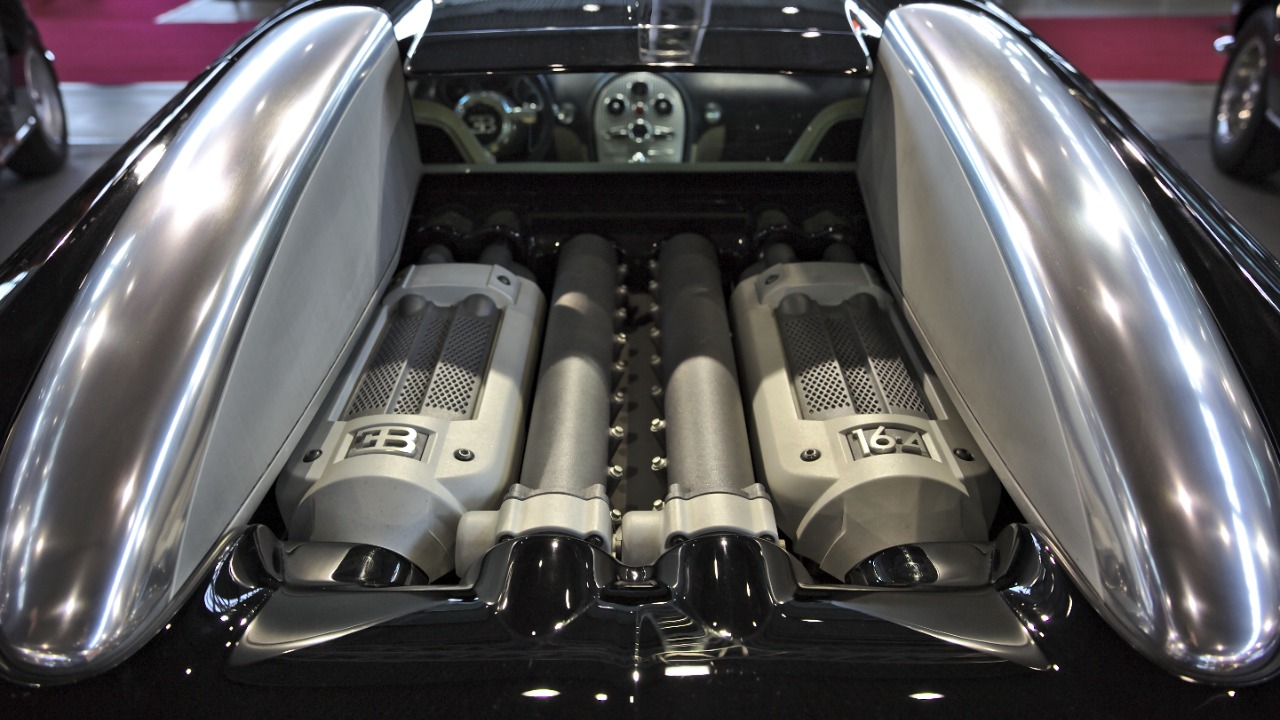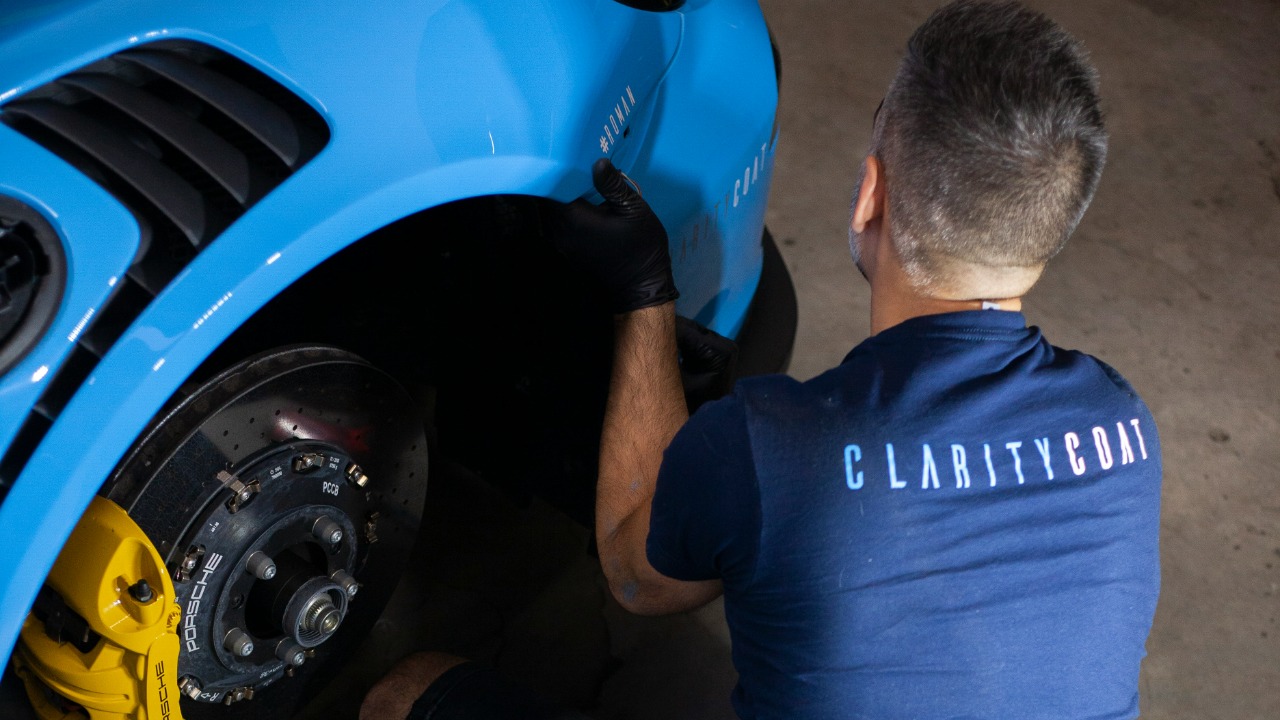
The Bugatti Veyron, renowned for its engineering marvel, features a W16 engine that requires 16 separate oil drain plugs. This intricate design is essential for maintaining its quad-turbocharged setup, reflecting the car’s complex engineering. An oil change on this vehicle involves draining oil from each plug individually, a process that can take several hours and costs $21,000 when performed by professionals. This meticulous procedure underscores the extravagant upkeep required for one of the world’s most powerful production cars, as detailed in video walkthroughs of the service.
The Veyron’s W16 Engine Architecture

The Bugatti Veyron’s engine is a masterpiece of automotive engineering, featuring a quad-turbocharged W16 configuration. This setup combines four banks of cylinders, necessitating multiple oil reservoirs and, consequently, 16 drain plugs for comprehensive drainage. The engine’s narrow-angle design, coupled with integrated turbos, requires segmented oil systems to prevent contamination and ensure even lubrication across all components. This design choice is crucial for maintaining the engine’s performance and longevity, allowing it to deliver an impressive 1,001 horsepower output. The total oil capacity of approximately 16 liters must be fully replaced during service to sustain this power level.
The engine’s layout is not just about power; it’s about precision. The segmented oil systems are designed to ensure that each part of the engine receives the right amount of lubrication. This is vital for a vehicle that can reach speeds over 250 mph, where even the slightest mechanical failure could be catastrophic. The use of multiple oil reservoirs and drain plugs is a testament to Bugatti’s commitment to engineering excellence, ensuring that the Veyron remains at the pinnacle of automotive performance.
Reasons for the 16 Oil Drain Plugs

The decision to equip the Bugatti Veyron with 16 oil drain plugs is rooted in engineering necessity. Each plug corresponds to individual oil sumps for each cylinder bank, allowing for targeted drainage and preventing the mixing of residues from different sections of the engine. This approach minimizes downtime during maintenance, as accessing a single large sump would require disassembling major engine parts. By using multiple plugs, Bugatti ensures that maintenance can be performed more efficiently, reducing the risk of contamination and ensuring that each part of the engine is properly serviced.
This design also supports the Veyron’s high-performance demands. The precise oil management facilitated by the multiple drain plugs is essential for a vehicle capable of such extreme speeds. The segmented lubrication paths ensure that each component receives the necessary lubrication, reducing wear and tear and extending the engine’s lifespan. This meticulous attention to detail is what sets the Veyron apart from other supercars, making it a true engineering marvel.
Step-by-Step Oil Change Procedure

Performing an oil change on the Bugatti Veyron is a complex process that begins with lifting the vehicle and removing the underbody panels to access all 16 drain plugs scattered across the engine bay. Each plug must be drained sequentially, collecting up to 16 liters of used oil while monitoring for any leaks or irregularities in the flow from specific banks. This step is crucial to ensure that all old oil is removed and that the engine is ready for fresh oil.
The refilling process involves replacing filters and pumping in fresh synthetic oil through dedicated ports until levels are verified across all sumps. This step requires precision and care, as any mistakes could lead to engine damage. The use of high-grade synthetic oil tailored for the W16 engine is essential to maintain its performance and longevity. This meticulous process highlights the complexity and precision required to maintain a vehicle of the Veyron’s caliber.
The Cost and Logistics of Maintenance

The $21,000 price tag for a Bugatti Veyron oil change includes labor for certified technicians, specialized tools, and high-grade synthetic oil tailored for the W16 engine. This service typically requires 4-6 hours of work in a professional setting, often performed at Bugatti dealerships with access to proprietary equipment. The high cost reflects the complexity and precision required to maintain such a high-performance vehicle.
For those considering a DIY approach, the challenges are significant. A lift is necessary to access the underbody, and torque wrenches are required for each plug. Proper disposal of hazardous waste is also a concern, making it impractical for most owners. The complexity and precision required for this task highlight why most Veyron owners prefer to leave it to the experts, ensuring that their vehicle remains in peak condition.
Visual and Real-World Insights into the Process

Video demonstrations of the oil change process reveal technicians methodically unscrewing each of the 16 plugs, emphasizing the precision required to avoid damaging the aluminum engine block. These videos provide a fascinating insight into the meticulous nature of the procedure, showcasing the skill and expertise required to maintain such a high-performance vehicle. Observations from service footage show that oil from different plugs varies in color and viscosity, indicating the engine’s segmented lubrication paths.
Owner experiences shared in reports highlight the satisfaction of completing the change but also the relief of handing it to experts due to the procedure’s complexity. The Veyron’s maintenance demands are not for the faint-hearted, but for those who appreciate engineering excellence, the process is a testament to the vehicle’s unparalleled performance and design. The Bugatti Veyron remains a symbol of automotive innovation, and its maintenance reflects the precision and care required to keep it at the top of its game.
For more detailed insights into the Bugatti Veyron’s oil change process, you can explore the comprehensive breakdowns provided by Jalopnik, Car Throttle, and Maxim. These sources offer a deeper understanding of the engineering marvel that is the Bugatti Veyron.